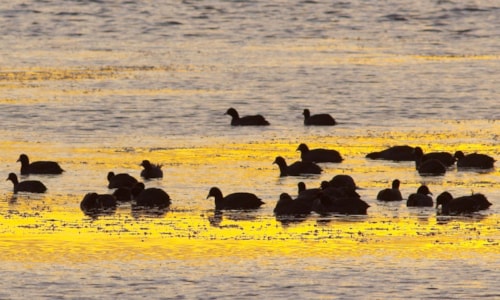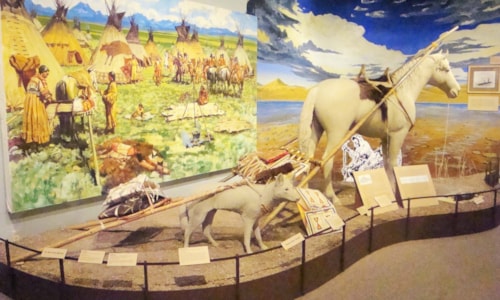The Nez Perce Trail
In 1877 the U.S. government attempted to coerce the Nez Perce nation onto a reservation in western Idaho. Some eight hundred Nez Perce, led by a number of legendary tribal chiefs including Chief Joseph, Ollokot, and Looking Glass, defied the U.S. Army and then, outnumbered, fled east over the Bitteroot Mountains into Montana. They camped along the Big Hole River, near present day Wisdom. On August 9, Colonel John Gibbon, with around two hundred men, attacked, firing indiscriminately into the camp. The battle ended in a stalemate, with Gibbon suffering twenty nine dead and thirty wounded, and the Nez Perce losing nearly ninety, less than a third of whom were warriors. The Nez Perce escaped under the cover of darkness. They fled east through Southwest Montana and Yellowstone National Park, then North through Central Montana toward Canada. Along the way, the two hundred Nez Perce warriors held off nearly two thousand pursuing troops. Finally, two months after the Battle of the Big Hole, and less than fifty miles from the Canadian border, an exhausted Chief Joseph surrendered to the U.S. Calvary, declaring, “My heart is sick and sad. From where the sun now stands, I will fight no more.”
Today, the Big Hole Battlefield National Monument and the Nez Perce trail commemorate the Nez Perce's desperate flight for freedom. The valiant leadership of Chief Joseph has won him a place as a hero of the west.







